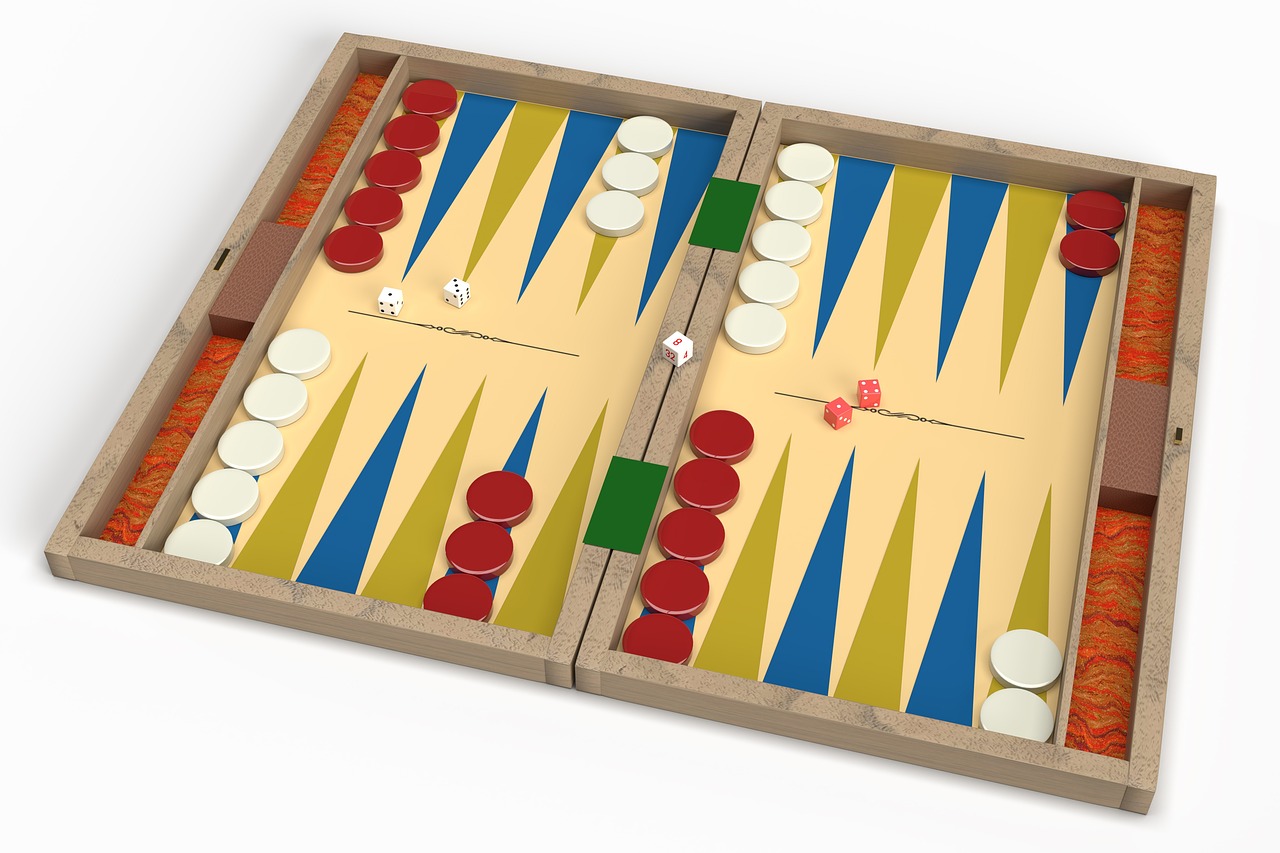Backgammon origins, especially its country of origin, are a topic that raises interest among fans of this board game. The reason likely lies in its simple board and strategic nature, so similar yet so different from other classic board games like checkers, chess, or Chinese checkers. Interestingly enough, backgammon's history can be as deceiving as the dice that dictate the luck of the players, and its beginnings are still clouded in mystery.
The Beginning of Backgammon History
Historians and fans of the game fiercely debate the origins of backgammon, but many believe it originated in Ancient Mesopotamia and Persia around 5000 years ago. This estimate is based on archaeological discoveries in the area, namely six boards very similar to those used in modern-day backgammon, two sets of checkers of different colors, and two dice. To lend strength to this theory, some archaeological records also point to the existence of a board game with rules very similar to backgammon that was widely played by Persians, Sumerians, and Egyptians in the same time period.
In the following centuries, this similar game received the name of “tables” and became a common presence in historical records in different geographical locations. It even features in interesting anecdotes, like that about the Roman emperor who liked playing “tables” so much that he supposedly built an embedded board in his chariot so he could play while traveling.
The first record of the name “backgammon," however, is much more recent and can be traced back to 17th-century England. Although it is likely that a form of “tables” already existed in the British Isles, this version, closer to the game we know today, was likely brought there by the Crusaders returning from the Middle East after the Holy Wars.
From here onwards, the history of backgammon becomes clearer and easier to track.
The Rise of Backgammon
The name “Backgammon” appeared for the first time in print in 1645. After that, the game was frequently depicted and referenced by name in paintings by renowned English and Dutch painters and was even mentioned in several works by prominent artists such as Shakespeare.
The game surged in popularity during Victorian times, to the point that it caught the attention of the Church, who deemed it immoral for its gambling features. However, this condemnation was short-lived since backgammon quickly surpassed other board games and became a favorite among the clergymen themselves.
The game’s popularity kept spreading throughout the world, reaching even the United States where it conquered quite a few prominent fans, including Thomas Jefferson, who is said to have played often while writing the draft for the Declaration of Independence. Despite this, it did not really take off in America at the time, with games like Chess and Checkers taking the lead as the favorite board games in this country. That was about to change in the 20th century.
Backgammon and Pop Culture
The introduction of the doubling cube in the 1920s changed the tide for backgammon in America. The gambling element caused such a boom in popularity that celebrities happily posed for photographs while playing this board game, and fashionable magazines like Harper's Bazaar and Vanity Fair published articles discussing the sudden trendiness and style of backgammon.
For the next few decades, the game continued to soar, becoming the jet set’s game of choice during the 70s and 80s. Its presence was mandatory in all glamorous hotels, bars, and clubs around the United States, where professional players and wealthy aficionados would meet to challenge each other. It became such an integral part of the high life that the game even featured in the movie “Octopussy,” where a James Bond played by Roger Moore challenges the villain Kamal Khan, gambling a Fabergé egg in the process.
Backgammon Today
The dawn of computers opened a new chapter in backgammon history. Starting in the 90s, several software developers became interested in this game and in transposing it into the virtual world. It was not a straightforward process, as new software had to be developed to analyze the randomness of dice rolls and all the movements on the board, but it worked.
Nowadays, thanks to the internet, players no longer have to embed wooden boards in their vehicles, nor do they have to find someone willing to play with them. With Backgammon online, games are just a click away. Many even let you choose who to challenge: an AI machine, a random stranger from somewhere in the world, or a friend.
Backgammon history mirrors the game itself: it is not complex, but it is not straightforward or easy either. With at least 5000 years of experience entertaining and challenging people all over the world, it rightly deserves the title of classic board game among other marvels such as Chess or Checkers, and it seems here to stay.
Join the weave of its history and become another thread in the long history of people who fell in love with Backgammon.

